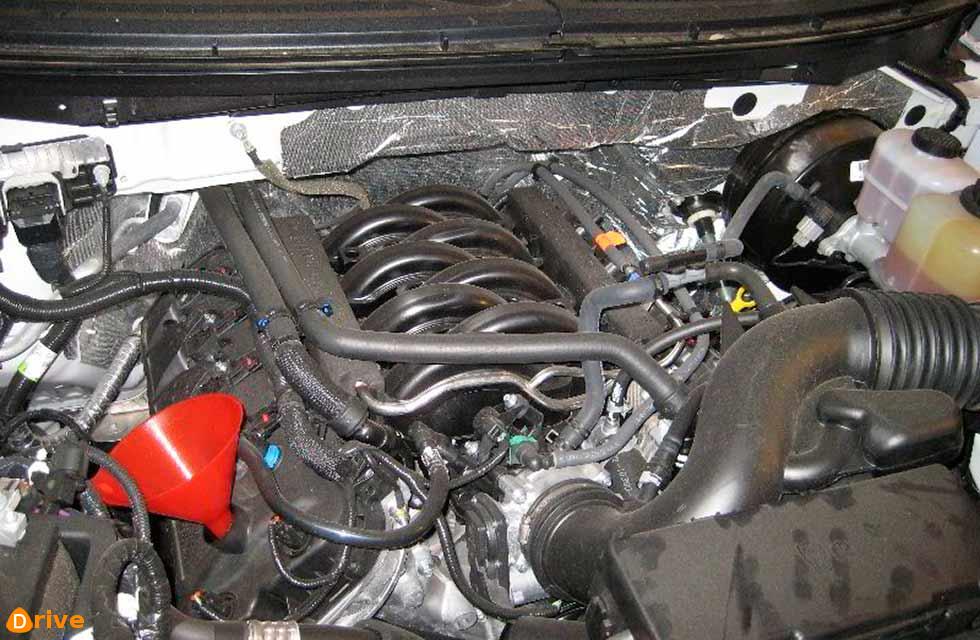Abrasive particles quickly ruin an engine. That’s why, usually, the air it ingests and the oil that circulates within it are filtered. But we’ve all seen racing engines with open trumpets on their carburettors or fuel injection systems, to give unrestricted airflow and more power. More noise, too; unsilenced intakes add a racy aural edge.
This is fine for a racing engine, driven on a clean, fairly dust-free track and not intended to have a long life. It’s not so clever for a road engine, more likely to suck in dust and grit to the detriment of bores and piston rings. Putting metal mesh over the trumpets isn’t much help, either. Fine particles still get through, and the mesh itself, close to the throttle, restricts airflow at least as much as a proper filter further away from the intake orifice.
So you need an air filter, or filters. The oil-impregnated cotton gauze type is favoured by the fast-car fraternity, as are foam-filled filters, but it’s highly debatable whether they trap airborne detritus as effectively as the paper-element filters used by most car manufacturers.
Now, oil filters. Many older engines have a replaceable element in a steel canister, while in more recent engines these components are combined in one spin-on, disposable unit. Kits exist to convert old systems to a modern spin-on filter, or you could use the filter mounting from a more recent version of your car’s engine.
Why bother? Convenience, mainly – a filter change becomes a quicker, cleaner, less fiddly job – but also because some old-style replaceable elements are getting hard to find. Some modern spin-on filters incorporate a non-return valve, which is needed only if the filter’s mounting face (where the oil enters and leaves) is below the body of the filter. Otherwise the valve is best avoided, as oil pressure is required to open it, and that can fractionally delay pressure to vital bearings on start-up.
Some pre-war engines don’t have a proper oil filter, relying instead on a less effective gauze on the oil pump’s pick-up pipe. Fitting a remotely mounted filter kit is easy if the oil pump is on the outside of the engine. You plumb-in the filter between the pump’s output and the pipes to the oil galleries, and look forward to a usefully longer-lasting engine.






